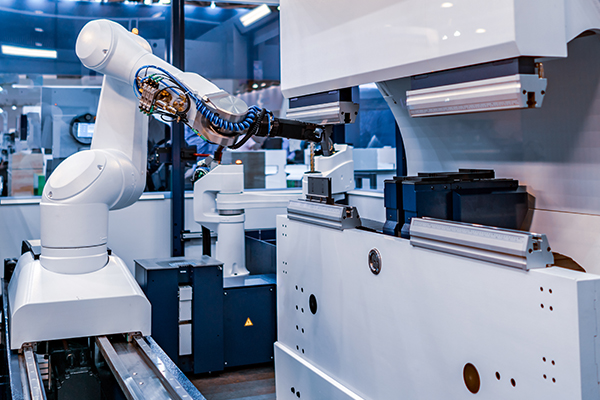In the field of pneumatic adsorption technology, compound vacuum suction cups represent an integrated solution for complex working conditions. Its core lies in the integration of multiple adsorption mechanisms and material levels, breaking through the physical limitations of a single adsorption mode through structural integration. The internal multi-channel design realizes the dynamic coupling of the suction flow field, so that the adsorption force field forms a distributed adaptive adjustment at the contact interface. The special composite layer not only has the ability of topological deformation, but also constructs a multi-scale sealing gradient at the microscopic level, which can passively respond to the energy dissipation characteristics of irregular surfaces. This asymmetric synergistic effect significantly enhances the system's tolerance threshold for non-ideal working conditions, especially when dealing with permeable, special-shaped or low-rigidity targets. It shows unique robustness. Its essence is the functional dimensionality upgrade of pneumatic components in scenarios with blurred boundary conditions, marking the paradigm evolution of vacuum adsorption technology from discrete tools to intelligent end-effector media.


